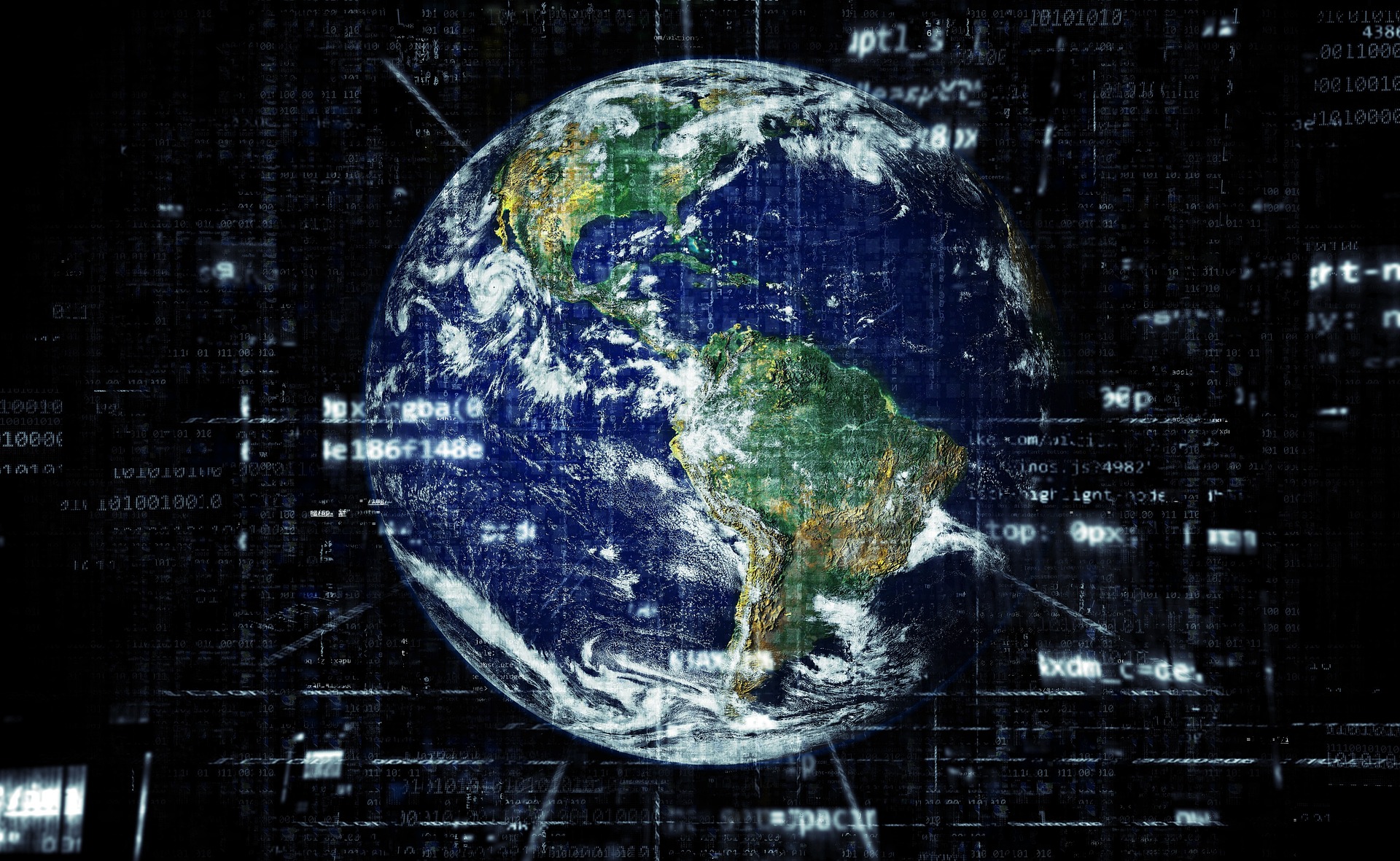How the Internet and Wi-Fi Changed the World Forever
It’s hard to imagine life without the internet or Wi-Fi. Whether streaming, shopping, working, or learning, these technologies power nearly every aspect of modern living. But the origins of both are rooted in decades of innovation, government research, and visionary thinking that reshaped global communication and connectivity.

The early internet: from military project to global network
The story of the internet begins in the late 1960s with ARPANET, a project funded by the U.S. Department of Defense’s Advanced Research Projects Agency (ARPA). Initially developed to link computers across universities and research labs, ARPANET used a novel technology called packet switching, which allowed data to be broken into chunks and sent across multiple paths to its destination.
In 1973, engineers Vint Cerf and Bob Kahn developed the TCP/IP protocol suite, which became the foundation for modern internet communication. By 1983, ARPANET officially adopted TCP/IP, setting the stage for a scalable, interoperable network. The term “internet” (short for inter-networking) began to take hold.
Throughout the 1980s and 1990s, the internet expanded beyond military and academic institutions to include businesses, governments, and eventually households. The launch of the World Wide Web in 1991 by Tim Berners-Lee, combined with the rise of personal computers and commercial ISPs, made the internet accessible to the masses.
The evolution of wireless connectivity
While the internet developed rapidly, accessing it initially required wired connections. Dial-up modems, followed by Ethernet cables, tethered users to specific locations. That all changed with the advent of wireless networking.
The foundation for Wi-Fi was laid in 1997, when the Institute of Electrical and Electronics Engineers (IEEE) introduced the 802.11 standard. It allowed devices to connect to local area networks without physical cables, using radio waves in the 2.4 GHz band.
In 1999, the Wi-Fi Alliance was formed to promote interoperability among wireless devices. That same year, Apple became one of the first major companies to integrate Wi-Fi into consumer products, with the iBook laptop and its AirPort wireless base station. This ushered in a new era of portable connectivity.
Hedy Lamarr and the roots of wireless innovation
Long before Wi-Fi became mainstream, an important piece of wireless communication history was shaped by an unexpected figure: Hollywood actress and inventor Hedy Lamarr. In collaboration with composer George Antheil, Lamarr co-invented a frequency-hopping spread spectrum technology in 1941.
Originally intended to prevent enemy interception of Allied torpedoes during World War II, the invention laid the foundation for secure radio communications. While not adopted by the military at the time, the underlying concept became crucial for later developments in Bluetooth, GPS, and Wi-Fi.
Lamarr’s contributions were not widely recognized during her lifetime, but she received the Electronic Frontier Foundation Pioneer Award in 1997 and was posthumously inducted into the National Inventors Hall of Fame in 2014. Her work continues to influence the backbone of modern wireless technology.
Key technological milestones and upgrades
Both the internet and Wi-Fi have undergone major evolutions. Internet infrastructure expanded from copper telephone lines to broadband cable, DSL, and eventually fiber-optic networks. These advancements enabled faster speeds, lower latency, and greater reliability.
Wi-Fi also improved dramatically, with each new IEEE standard boosting performance. From the original 802.11b (up to 11 Mbps) to 802.11n, 802.11ac, and now Wi-Fi 6 and 6E, wireless speeds have jumped from kilobits per second to multi-gigabit capabilities. Innovations like MIMO, beamforming, and OFDMA have increased capacity and efficiency.
Public and private investment played critical roles. Governments funded broadband infrastructure, while tech companies developed routers, mobile devices, and cloud services that relied on high-speed wireless access. Together, these efforts created a robust digital ecosystem.
Social and economic transformations
The convergence of the internet and Wi-Fi fundamentally transformed how people live, work, and interact. E-commerce, social media, online education, and remote work are all outcomes of ubiquitous internet access. Wi-Fi allowed for this connectivity to extend beyond desktops to smartphones, tablets, and smart home devices.
Entire industries have been built around mobile internet access. From ride-sharing and food delivery to virtual healthcare and digital banking, connectivity is the backbone of modern convenience. Wi-Fi hotspots in homes, cafes, airports, and schools have democratized access to information and opportunity.
This technological shift has also redefined global communication. Instant messaging, video calls, and cloud collaboration tools have bridged distances, enabling real-time interaction across continents. In many ways, the internet and Wi-Fi have become as essential as electricity and running water.
Looking ahead: challenges and opportunities
While the internet and Wi-Fi have opened countless doors, challenges remain. Security and privacy are ongoing concerns, as more data flows through personal and public networks. Digital equity is another pressing issue, with millions still lacking reliable access despite the widespread availability of technology.
Efforts are underway to address these gaps. Governments and NGOs are working to expand broadband coverage, while tech companies innovate new protocols and encryption methods to secure wireless networks. The arrival of Wi-Fi 7 and continued investment in global internet infrastructure promise to further enhance performance and accessibility.
What started as a government experiment and a simple radio signal standard has grown into a dynamic, always-on digital world. The internet and Wi-Fi didn’t just change how we connect—they redefined what connection means. And as new technologies emerge, the foundation built by these two transformative innovations will continue to shape the future of connectivity.




